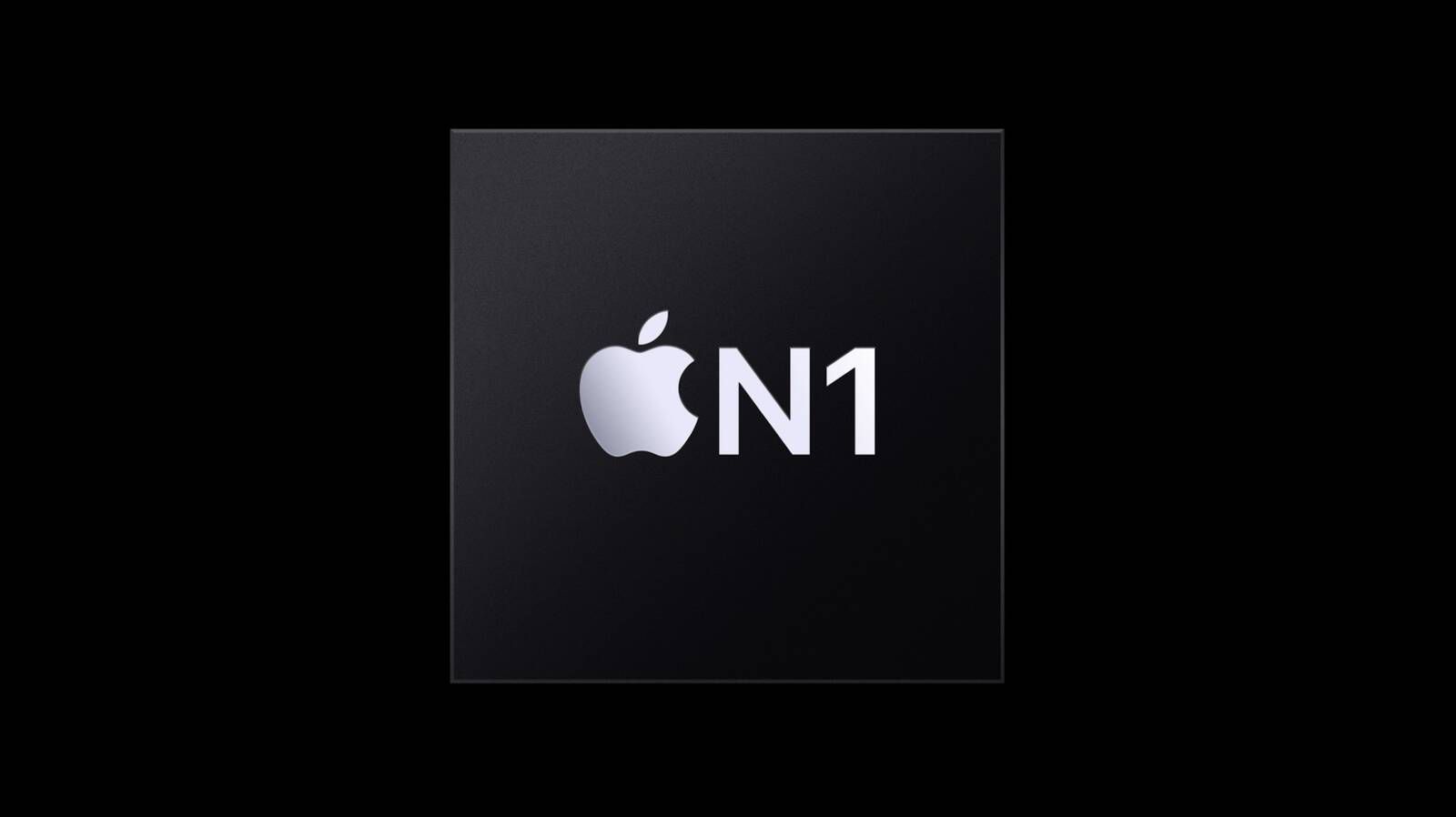
The latest iPhone 17, iPhone 17 Pro, iPhone 17 Pro Max, and iPhone Air models are equipped with Apple's all-new N1 chip for Wi-Fi 7, Bluetooth 6, and Thread connectivity. However, the chip has a Wi-Fi 7 bandwidth limitation.

According to FCC documents reviewed by MacRumors, the N1 chip in all of the new iPhone models supports up to 160 MHz channel bandwidth for Wi-Fi 7, short of the standard's 320 MHz maximum. This limitation means the devices cannot achieve the peak theoretical speeds possible with Wi-Fi 7, but real-world performance is typically already bottlenecked by internet service providers and other factors.
For the vast majority of customers, this is a non-issue, but some iPhone users had wanted to know if the N1 chip offered 160 MHz or 320 MHz channel bandwidth for Wi-Fi 7, so we combed through FCC documents to find the answer.

Wi-Fi 7 is still very fast. The standard allows for data transmission over the 2.4GHz, 5GHz, and/or 6GHz bands simultaneously, with a compatible router, resulting in faster speeds, lower latency, and more reliable connectivity.
All of the iPhone 16 models — excluding the iPhone 16e — also support Wi-Fi 7 with up to 160 MHz channel bandwidth. Those devices are equipped with a Broadcom chip for wireless networking, though, leading to hopes that Apple's N1 chip might raise the limit to 320 MHz. Evidently, that is not the case.
There are other benefits, though. Apple said the N1 chip improves the overall performance and reliability of features like Personal Hotspot and AirDrop, and it also contributes to power efficiency improvements in the latest iPhone models.
Article Link: Apple's New N1 Chip in iPhone 17, iPhone 17 Pro, and iPhone Air Has a Wi-Fi 7 Limitation

